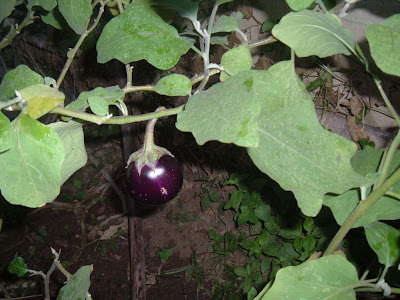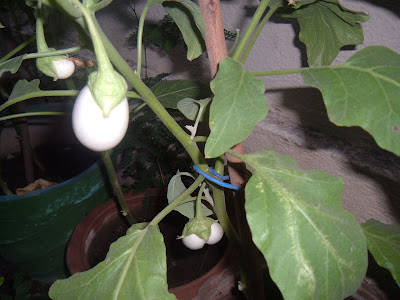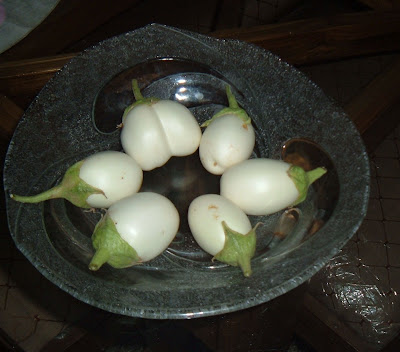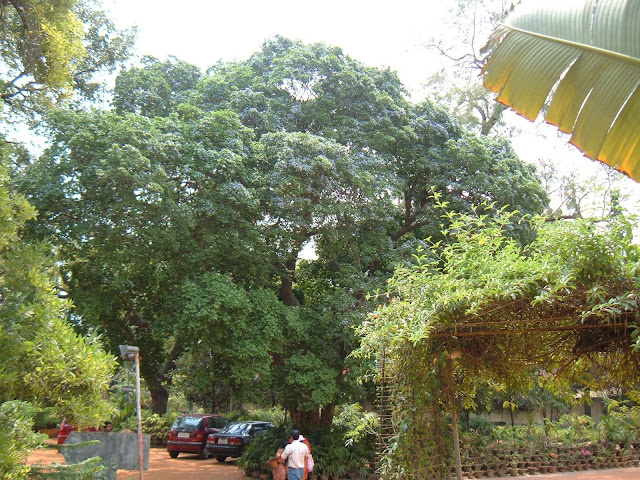

The first is that of the Night Jasmine. It has a rough feel to it. The second picture, that has the shape of a horse's hoof is the leaf of a Snowy White Dwarf Orchid (Bauhinia acuminata). Click here for more information on both these trees.



























 I went to the neighbours' yesterday for pictures of the jackfruit, but could not resist the jasmines, the quintessential chennai flower. This is a different variety from the one i had posted earlier. They also had beautiful red plumerias and a magnificent coconut tree that i've included in earlier posts.
I went to the neighbours' yesterday for pictures of the jackfruit, but could not resist the jasmines, the quintessential chennai flower. This is a different variety from the one i had posted earlier. They also had beautiful red plumerias and a magnificent coconut tree that i've included in earlier posts.
 Here is my neighbour's jackfruit tree! This tree is about 30 years old - my neighbour was given a jackfruit by a friend and after eating the fruit she sowed about ten of the seeds in her backyard. Soon there were 10 little saplings and one of them was allowed to grow into this sturdy tree. It did not bear fruit for the first few years though, until one day they poured a whole lot of manure (courtesy the milkman's cow i'm sure!) around its roots. And then there was no turning back! From 4-5 fruits that summer, the tree went on to yield 40-50 fruits every year.
Here is my neighbour's jackfruit tree! This tree is about 30 years old - my neighbour was given a jackfruit by a friend and after eating the fruit she sowed about ten of the seeds in her backyard. Soon there were 10 little saplings and one of them was allowed to grow into this sturdy tree. It did not bear fruit for the first few years though, until one day they poured a whole lot of manure (courtesy the milkman's cow i'm sure!) around its roots. And then there was no turning back! From 4-5 fruits that summer, the tree went on to yield 40-50 fruits every year. 


 The tree i chose for today, thinking it to be a palm, turned out to be something else. Ravenala madagascariensis, commonly known as Traveller's Tree belongs not to the palm family (Arecaceae) but to the bird of paradise family (Strelitziaceae). The fact that it is also called the Traveller's palm offers some consolation - there must be others who have mistaken it for a palm for it to be named thus!
The tree i chose for today, thinking it to be a palm, turned out to be something else. Ravenala madagascariensis, commonly known as Traveller's Tree belongs not to the palm family (Arecaceae) but to the bird of paradise family (Strelitziaceae). The fact that it is also called the Traveller's palm offers some consolation - there must be others who have mistaken it for a palm for it to be named thus!
 I was taking a walk after dinner and chanced upon this lovely flower - the gardenia. The 'gardenia' is the name of the genus and wiki tells me there are about 250 species!! That is a lot!!
I was taking a walk after dinner and chanced upon this lovely flower - the gardenia. The 'gardenia' is the name of the genus and wiki tells me there are about 250 species!! That is a lot!!
